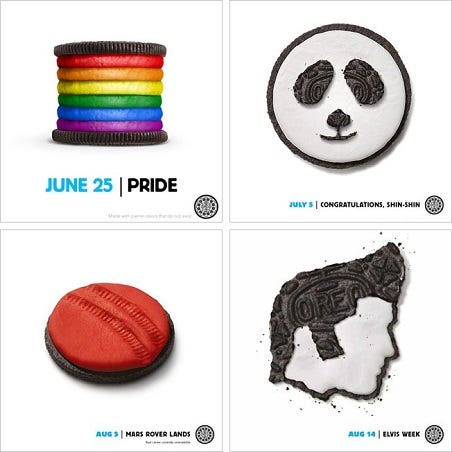You must have read about the 4Ps of marketing- product, price, place and promotion in your marketing course, seminar or articles.
If you have not don’t worry. Here is a small introduction.
The 4Ps represent the marketing mix and forms an essential part of the marketing strategy.
Product represents the combination of goods and services that you offer to your customer. For instance, when you are selling a television you are also selling the customer the installation and warranty services.
Place as the name suggest is where the product or service is made available. For television, it can be available in your brand shop, multi brand outlets and online stores like Amazon.
Price is what your target segment is willing to pay for your product and service. Taking the same television example if you are selling a 40-inch smart TV loaded with features you can command a premium over your normal small TVs.
And finally, we all need promotion in forms of advertisements, offers and many other ways to convince our customer to buy our product.
For a marketer, it is a constant juggle of the 4Ps to get the marketing mix right. Some years back, we have seen 3 more Ps getting added.
Process , which denotes the procedure , flow and mechanism by which the value is exchanged. In industries like e-commerce this is very important as they need to figure out what to stock, what to display , how customers can order and how to sort out the logistics of getting the goods delivered to the end customer in right condition.
Physical evidence , which denotes the experience of receiving the products. The latest example being Chetan Bhagat personally delivering his new book to select fans who had pre-ordered his book in Amazon.
So how are these P’s relevant in the digital media?
Some of the traditional marketers I meet are still grappling with this question.
So far they have been used to the traditional promotional routes like TV, radio, newspaper, outdoors and different ATL/BTL activities. But they are not sure how digital media adds to the mix. For me (and the clients I consult) it is part of the mix. In fact, today the question is not so much on how to use digital media in marketing, but how to market in a digital world.
Let’s look at the 4Ps in the context of the digital world.
The quality of a product is as important in the digital world as in the ‘non-digital’ world. Today customers rely on the feedback and rating of a product before they buy. In fact technology, has made it even easier to ‘try products’ online. Look at the way how Ikea is using its Augmented reality catalogue. You can see how the piece of furniture looks like in your room.

However, you must not deceive your customers by showing misleading representation like some of the travel sites had done earlier. Make sure you give the online avatar of your product (or service) an authentic representation to show the real value.
Create a omni channel strategy mixing both the traditional and digital. Make sure your message is consistent across all the channels. Look beyond your website to feature your product. Leverage social media and affiliate channels to showcase different aspects of your product or service. If you are running display ads you can even specify which websites and pages you would like to show your ads. In the online world, your customers will look at the ease of access and convenience. Look at the way how airlines and hotels make their inventory available in aggregator sites like Make My Trip- convenient and easy to use — both in website as well as in apps. Or look at how Oreo leverages social media to create a ‘dunking culture’ around its famous cookies.

Pic credit: Shopify
Though presence across multiple channel seems to be on the top of any marketer’s mind, make sure you are relevant in the channels that you choose.
For a marketer price is equivalent to the perceived value. Your target audience must relate to it. And preferably be wowed especially if it is high end product like iPhone.

The online world also offers you more flexibility in terms of pricing. For instance, you have the Freemium or free trial models where you can try out a product or service before you open your purse to pay. Or you may also offer ‘bundled pricing’ to instigate the impulse in your buyers. Like when you buy a printer a typical e-commerce site will suggest the cartridges or other accessories you can buy together with some discount. Or even sell an extra year of onsite warranty.
This is probably the only no brainer amongst the 4Ps. You must have been bombarded with Search ads, Social media promotions and E-mailers which tries to woo you to buy a product or service. However, with the continuous interruptions and tools like ad blockers marketers are facing a constant challenge of standing out in the crowd.

In the online world, you can mostly measure which of your promotions are working and which are not. If you can tie this to the end conversion you can impress your boss by optimising on the promotions and get the desired ROI. This is one of the greatest advantage of digital marketing. And if you can map the customer journey and dissect the buyer behaviour you can create micro segments and customise your promotions as per the micro-segments. Is it not wonderful? (get to know more of this in our course).
Of course, now that you have seen how 4P of marketing works out in the digital arena, the next question is ‘how to get it right’. That call for one more blog post.
Want to share your experience on how you have used the 4P (or 7P) in the digital world. We are all ears.
Originally published at https://www.manipalprolearn.com on October 21, 2016.




